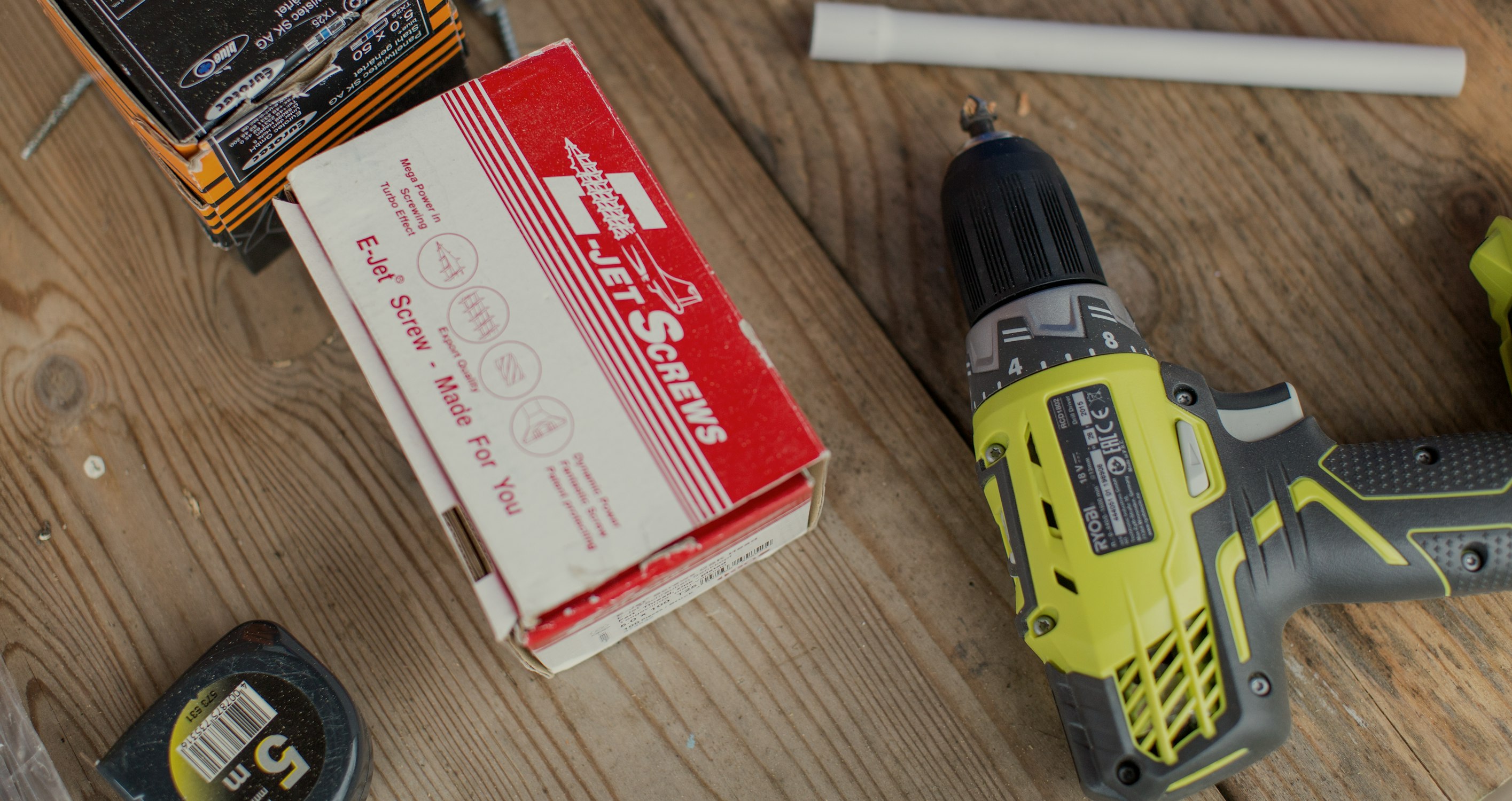
Detecting the invisible danger of radon
Founded by a group of scientists at CERN, Airthings has led radon detection technology for over a decade. Millions of homes still lack the necessary detection tools, and many regions are adopting testing regulations.
Everything you need
Radon monitoring at home
Radon is a colorless and odorless radioactive gas that silently infiltrates homes. The EPA cites long-term radon exposure as the leading cause of lung cancer in non-smokers.
- Where should I place my monitor?
- Radon enters the home through cracks or other gaps in your basement wall. For accurate readings, place your radon monitor in the lowest lived-in level of your home.
- How much radon is too much?
- Act if levels consistently exceed 4 pCi/L. For levels between 2-4 pCi/L, consider measures to reduce radon.
- How soon will I get results?
- Regular monitoring over a month is key. Radon levels fluctuate, so a longer period provides a reliable average exposure level.
- How can I reduce my radon levels?
- Improve ventilation and seal entry points. For significant issues, professional mitigation can cut radon levels by up to 95%. Monitoring effectiveness with regular checks is the key.
Products including radon sensors
Reviews
From customers on the benefits of radon monitoring
“I have had this unit (View Plus) for almost 2 years now, I will buy another. It literally saved my life! If you work from home, like I do, then you need this unit or something like it. I had Radon levels above 7pCi/L and had been living with it without knowing it, for almost 3 years.
I hope this helps anyone looking to decide on this purchase. It has been an absolute godsend to have in our home and I didn't even get into some of the other things it helped me solve that had been plaguing us. ”
“This is my second Airthings monitor (View Radon). I was so impressed with the first one, I knew I wanted a second! Even the technician who installed my radiation mitigation system said these devices are excellent for homeowner use. Right out of the box, it is easy to set up with their very helpful instructions and app. Once set up, it will baseline the air quality and provide you trending data to see how it changes. Helpful information is available through the app which tells you how to improve air quality and what you might be concerned with. Highly recommend it! ”
“This is a great product (View Radon) which I can leave in my basement and forget about it. It's constantly plugged in with the supplied USB cable. I can see the reading on the unit and on the app anytime. ”
“Very accurate & a life saver. We didn't know we had high radon levels until we got this monitor (Corentium Home). We have since had a radon test to backup the monitor & a mitigation fan to eliminate the radon. The monitor now reads acceptable levels & we have peace of mind. I would definitely recommend this if you are having doubts about radon levels in your home.”
“Move into a new home with HIGH radon reading. Bought this (Corentium Home) for surveillance after remediation. Numbers came back the same as professional's equipment. Feeling comfortable that my home is safe for my family.”
From the resources
Learn why monitoring your radon is important
Welcome!
You're shopping international
Enjoy more personalized experience by shopping in your local store.

